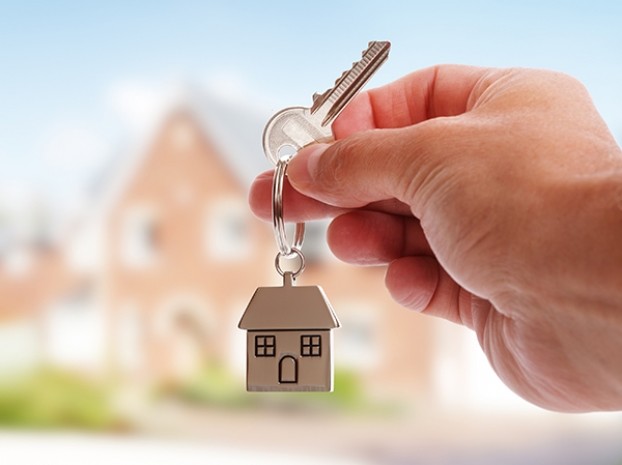Decided it’s time to find a bigger place, a more convenient location or a larger backyard? Maybe you’re an empty nester looking to downsize, or make that long thought about sea or tree change? For the many
To help you plan your strategy and explain your options, here’s a step-by-step guide to the process, to get you on the road to your next home.
Step 1 Figure out what you’re looking for
Buying your next home is a major life decision. So the first thing you need to ask yourself is why do you want to move and what are you looking for in a new home.
Take a moment to list what your main priorities are for a new home, for
Once you’ve figured out what you’re after, you might come to the conclusion that you’re basically happy where you are, and would be better off renovating your home to make the changes you need. Or, it may help make it even clearer that it’s time to move.
Step 2 How much equity do you have?
If your current home has increased in value over the years or you’ve made extra mortgage repayments, you may hold significant equity in your current home.
You may be able to use this equity in the process of purchasing your next home, for example as security for your next loan, or to help with your deposit.
Step 3 How much can you really afford?
Now that you have a rough idea of what the home you’re looking for will
Another consideration here is your income. As a rough guide, it’s suggested that repayments on your new home don’t exceed 30% of your after-tax salary. It’s also worth noting that it’s generally recommended that your home costs no more than 3 to 5 times your household income.
Step 4 Are you selling or buying first?
Now you know your budget, next comes the age-old upgraders’ question. Is it better to sell or buy first?
Selling your current home first is generally considered the safer option, while buying first may give you more opportunity to find your ideal next home. But there are pros and cons to both. And the current state of the housing market is also a big consideration.
Step 5 Get your finances sorted
Getting a home loan pre-approval from a lender is a great way to get the confidence to start your property search. Pre-approval is an indication of your ability to borrow funds from a lender (based on the information you’ve provided them) It will allow you to shows real estate agents and buyers that you’re in the game and are more likely to afford the property. It allows you to bid at auction and gives you an idea of what price range to keep your property search within.
If you’re buying first, it’s a bit different. You will need to think about how you’re going to pay your deposit and potentially organise bridging finance with a lender, so you can juggle two loans at once.
Step 6 Start searching for the new (or preparing for sale)
You’ve got your pre-approval sorted, now the search begins. You’ve got a good idea of what your budget is and what you’re looking for, which helps narrow the field. Now it’s just a matter of finding the home that’s right for you.
You may have to attend quite a few open homes and it can be hard to remember which home is which. So a good tip is to keep a little checklist of the things you like and dislike with each home and take lots of photos to help trigger your memory.
At the same time, you may be getting your current home ready to sell, depending on your strategy. If you’re selling and buying at the same time, it can be quite stressful. So it’s important to do as much as you can to get your finances sorted and do your research upfront so you’re ready to go when you find your dream home.
Step 7 Make an offer and finalise your finances
You’ve found a home you like. It ticks all your
If you have yet to sell or rent out your home, time to get that in full swing to minimise financial losses and get ready to move into your new home!
Source: ING, March 2019
